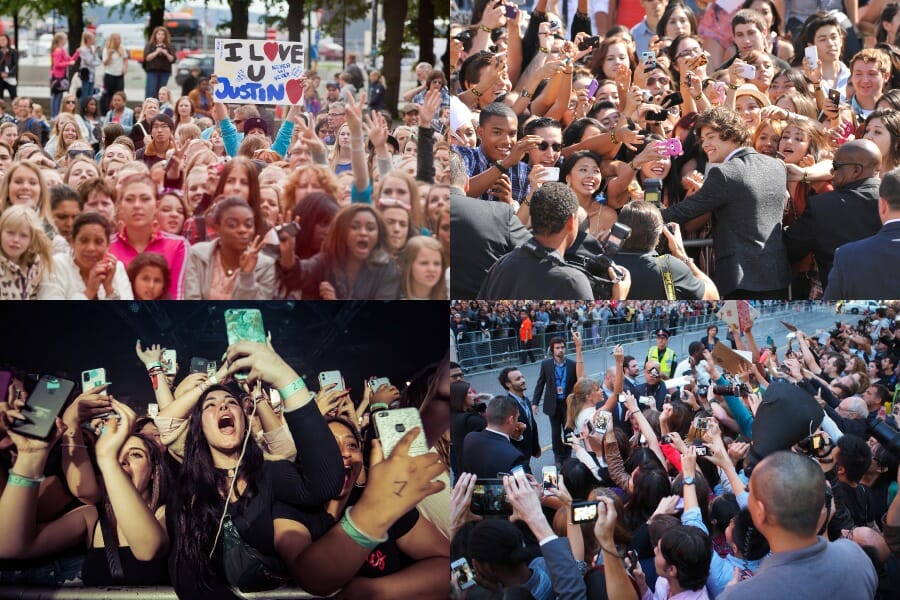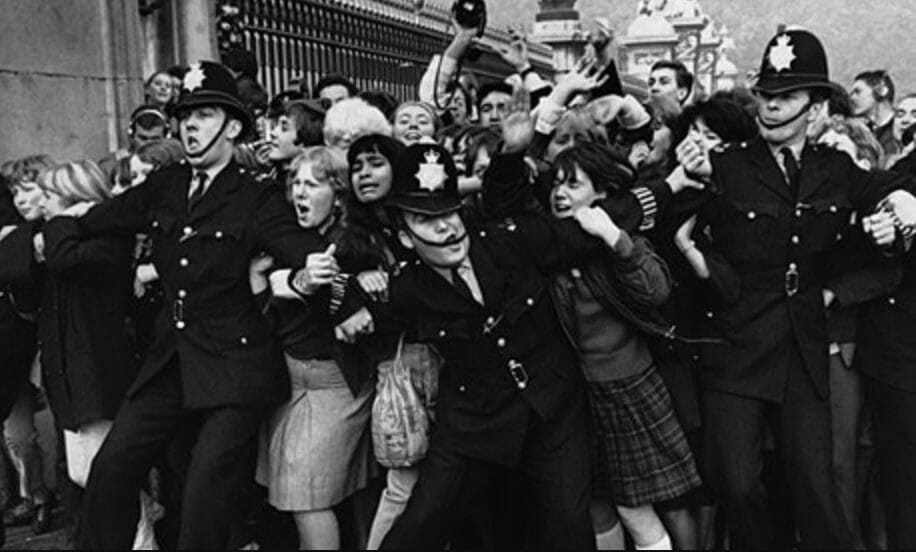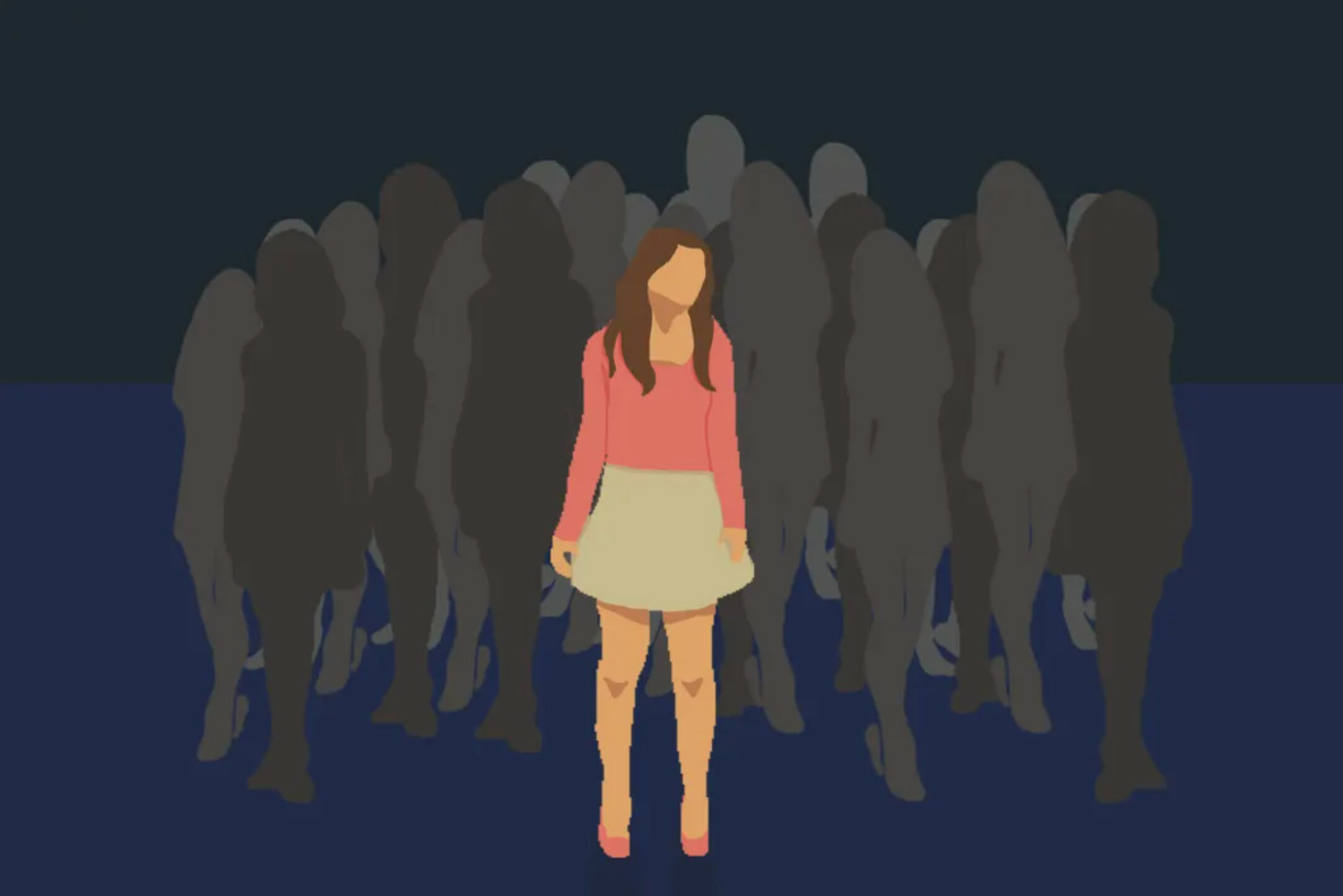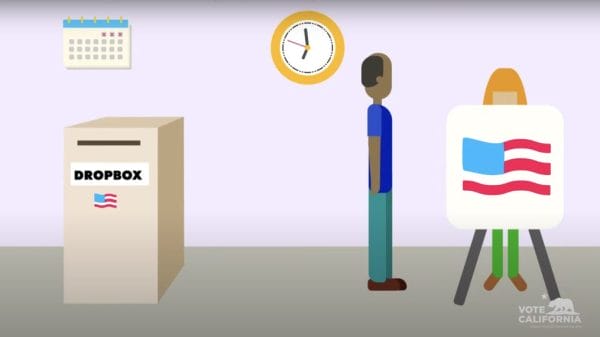I remember walking around the schoolyard in 2012 and seeing two girls fighting over a boy – loud shrieking, hair pulling, and all. The boy in question was Zayn Malik from One Direction.
At the time, I was living in The Gambia. Even in one of the smallest and most isolated countries in Africa, One Direction fever had taken over the zeitgeist of pre-teen obsession, prompting the lunchtime tussle over the title of “future Mrs. Malik.”
It was a global phenomenon, and it wasn’t alone. Bieber fever was no less intense, and neither was the legion of “Twihards” ferociously fighting for Team Edward or Team Jacob (though we all know there’s only one acceptable side to be on). ‘The Hunger Games’, ‘Percy Jackson’, and ‘Maze Runner’ were only a few of the many teen dystopias that defined the era, alongside ‘Harry Potter’ whose fantastical legacy will likely never fade. These bands, singers, series, and sagas took over the world, and, like the heads of a mythical beast, when one phenomenon died out, three more would grow back to take its place. Wave after wave of passionate, dedicated fandoms emerged to scream for their idols and twitter-beef the haters into oblivion.

Credit: Credit: NRK P3/Flickr, Featureflash Photography Agency/Shutterstock, Christian Bertrand/Shutterstock, Canadapanda/Shutterstock,
Yet we don’t see that happening as much today, and I can’t help but wonder why.
Now, before the BTS ARMY or Swifties come for my neck, let me elaborate. Although massive fandoms are still very much around in 2022, they don’t seem to have the same scope they did a decade ago. Maybe we were spoiled back then, and everything really was worth screaming endlessly for. But I’d propose it has more to do with a difference in how we consume media today than anything else. Shorter attention spans arising from the TikTok era of media mean people lose interest quicker, and, more importantly, every industry in entertainment is hyper-saturated with content. This could result from the accessibility of making and releasing things and the “instant celebrity” effect.
There are so many options and niches that it’s difficult to hitch your cart to a wagon for longer than a few months. Maybe it’s just me, but I often find myself completely obsessed with something, ready to defend it ‘till my dying breath, before inevitably losing interest and moving on to the next obsession I simply can’t live without. Don’t get me wrong; I’m sure this happened ten years ago too. But it feels like there was more commitment, more identity involved in being part of a fanbase and, by extension, a community. And I think that’s the key: community and identity.

Many people back in the day admitted to joining certain fandoms because they wanted to feel like they were a part of something. Even if you decided to love Liam to be different, you still wanted to love One Direction so you could go to the parties and scream the words along with everyone else. Nowadays, it seems like young people no longer want to conform to the mainstream, and that’s where the “not like other girls” label comes in. Mainstream isn’t cool anymore. It’s cooler to reject, and often invalidate, popular culture in favor of being “different”, as if there was a uniform way of being to begin with.
The music produced by the biggest boy band of our generation was rarely taken seriously by critics, as demonstrated by their grand total of 0 Grammys. Their fanbase of predominantly teenage girls somehow invalidated the quality of the art. This is despite the fact that teenage girls have been dictating music, fashion, and media trends for a century – who do you think made The Beatles so popular?

This mentality has ingrained in many the idea that we should somehow be ashamed of liking what’s popular and has ultimately manifested in the “not like other girls” trend. And the toxicity of this mindset has already been sufficiently noted. Thus, while music taste and cinematic trivia have become fuel for the superiority complex of thousands, modern teens are more divided than ever in their interests and obsessions.
The irony in it all is that the trend is ultimately a paradox; in conforming to the trend of non-conformity, you are ultimately conforming. It’s a strange side effect of the way we consume media today and will be interesting to track in the future. But maybe if we all respect each other’s tastes a little more, and stop invalidating art because it’s popular, we will find a way of being unique without it having to be a trend.
Click here to read about the newest TikTok trend taking over the platform, the ‘Clean Girl’ aesthetic, and the similar paradox it proposes.














